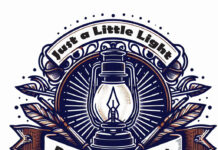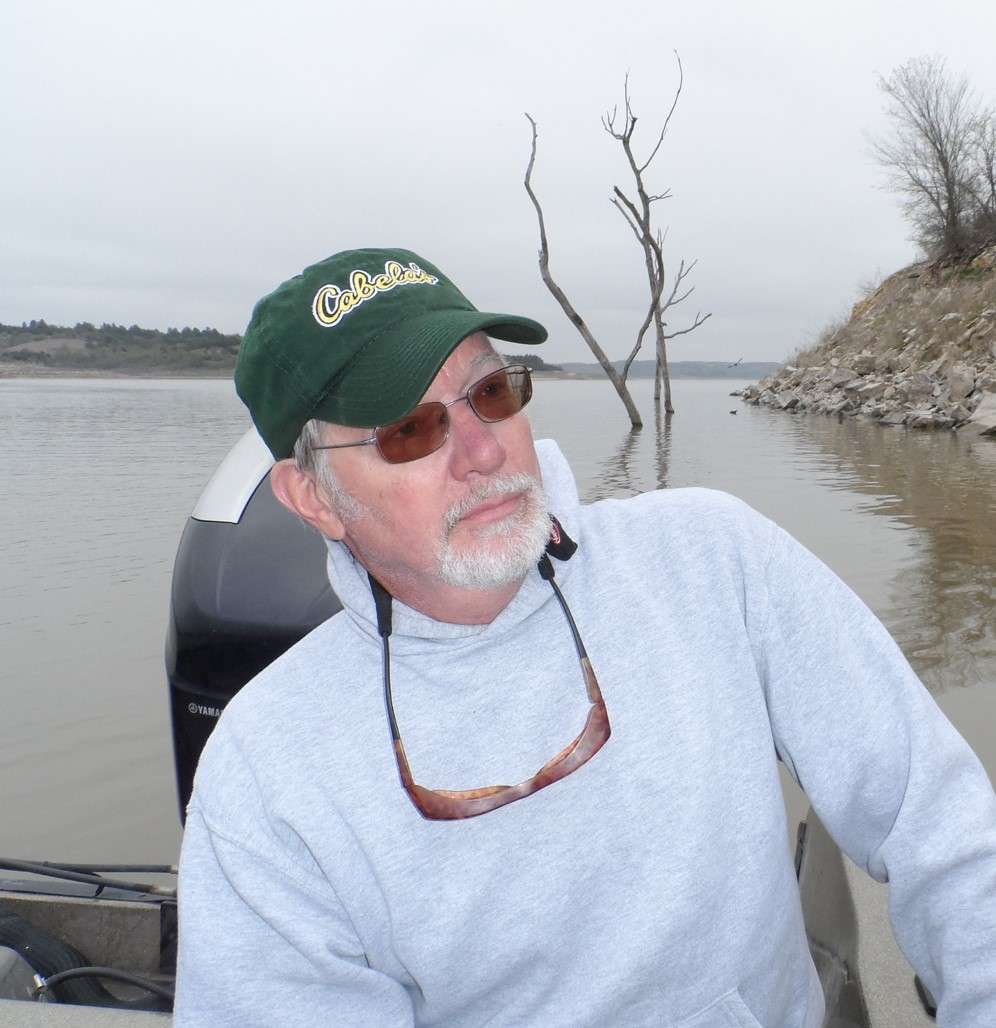By Frank J. Buchman
Gaited horses are genetically bred to gait and shouldn’t need special bits, shoes, or other devices to get them to do what their genes tell them.
“Horses that are more consistent in their gait and that perform gaits with a wider range of speeds are classically trained, so correct training builds confidence in a gaited horse,” according to Larry Whitesell.
A renowned gaited horseman since 1980, Whitesell has been very successful in the show ring, winning regional, national, and Grand National championships, honoured as trainer of the year.
Carded and in demand to judge several gaited horse breeds, Whitesell will share his philosophies and techniques for training gaited horses during the EquiFest of Kansas, February 24-25-16, at the Kansas Expocentre in Topeka.
Trueness of movement and relaxation are closely linked in a gaited horse, according to the clinician from the Whitesell Gaited Horse Training Barn, Cookeville, Tennessee.
“To maintain the softness of relaxation, the gaited horse must stay within his realm of true movement. The training process should result in an enhanced gait, not one that fundamental structure has been changed,” Whitesell emphasized.
Over the years, the concept that relaxation be paramount in all training has been obscured by a more mechanical style of training, according to Whitesell.
“Riders are often in a rush to make horses gait neglecting basic foundation work,” he said. “Many riders attempt to obtain gait by driving the horse forcefully into the hand. Riding in lightness challenges the rider to train without creating false movement.
“We must train our horse not only physically, but mentally and emotionally,” Whitesell said.
Horses often express their emotions by tensing up physically against outside stimuli, including any form of contact with the handler.
“Getting relaxation is essential so we can teach a correct response, instead of putting a piece of equipment on to persuade the horse,” Whitesell stated.
. Depending on the severity of the equipment and the rider’s hands or temperament, the horse reacts or responds.
“Horses that react are not as reliable or consistent as those that learn to respond to subtle cues,” Whitesell explained. “Crisis management is not management. It leaves many victims in its path.”
Initially, Whitesell trained using the traditional gaited horse methods, thinking these were the only way to yield gait.
As his training progressed, Whitesell wanted to train gaited horses to a higher level so they would gait for any level rider and the riders could count on them to be safe and dependable.
In his quest to learn correctness and lightness, Whitesell began studying classical dressage in the early 1990s from contemporary masters who had studied under Nuno Olivera and at classical schools in Europe.
“Classical training teaches the horse to rebalance itself into a relaxed frame of collection, engaging the hind legs,” Whitesell said. .”Engagement of the hind legs, whether false or real is what makes a gaited horse gait.”
He worked to bring horses into a more classical frame to gait. “When you strengthen the correct muscles, the horse can carry a rider and rebalance into natural collection,” the trainer said.
“Natural horsemanship puts a great foundation on horses preparing them mentally and physically to begin collection training,” Whitesell said.
“Most gaited horses only need a mild degree of collection to gait. Classical training takes communication with the horse to the next level of lightness,” he insisted
Continuing to develop his own skills through classical dressage instructors, Whitesell travels the country and Canada presenting clinics such as at the EquiFest of Kansas.
“My goals are to help people understand what makes gaited horses gait so we can spare the horses from some of the training myths attached to the gaited world that are not in the horse’s best interest.
“By making things better for the horse, the horse will be smoother, safer and more dependable for riders,” Whitesell said.
“I teach riders to train their horse to relax and give correct response with the least effort. The best horses respond to the most subtle cues,” Whitesell said
“Depending on the level of training you want your horse to have, most people should be able to put a ‘basic handle’ on their horse. That means be able to get your horse to the right place at the right time with the least amount of effort,” Whitesell explained.
At EquiFest, Whitesell intends to review how to improve gait without devices, lightness, developing the horse gymnastically to facilitate relaxation, create flexibility, schooling a horse in hand and under saddle, building engagement to improve gait without building resistance, demonstrate how the rider affects a horse’s balance and gait, light stops, and collection.
Whitesell’s presentations are at noon, 1:25, and 3 o’clock, Friday, Feb. 24; 9 o’clock, noon and 1:50, Saturday, Feb. 25; and noon and 2:25, Sunday, Feb. 26.
CUTLINES
At EquiFest of Kansas in Topeka, February 24-25-26, gaited horse clinician Larry Whitesell will review how to improve gait without devices, lightness, developing the horse gymnastically to facilitate relaxation, flexibility and balance.
When working with gaited horse riders, clinician Larry Whitesell emphasizes how to train their horse to relax so he can be taught a correct response with the least effort. Whitesell will review those techniques at the EquiFest of Kansas, February 24-25-26, in Topeka.
“Horses that are more consistent in their gait and performing gaits with a wider range of speeds are classically trained, so correct training builds confidence in a gaited horse,” according to Larry Whitesell, who’ll be a gaited horses clinician at the EquiFest of Kansas, February 24-25-26, in Topeka.






